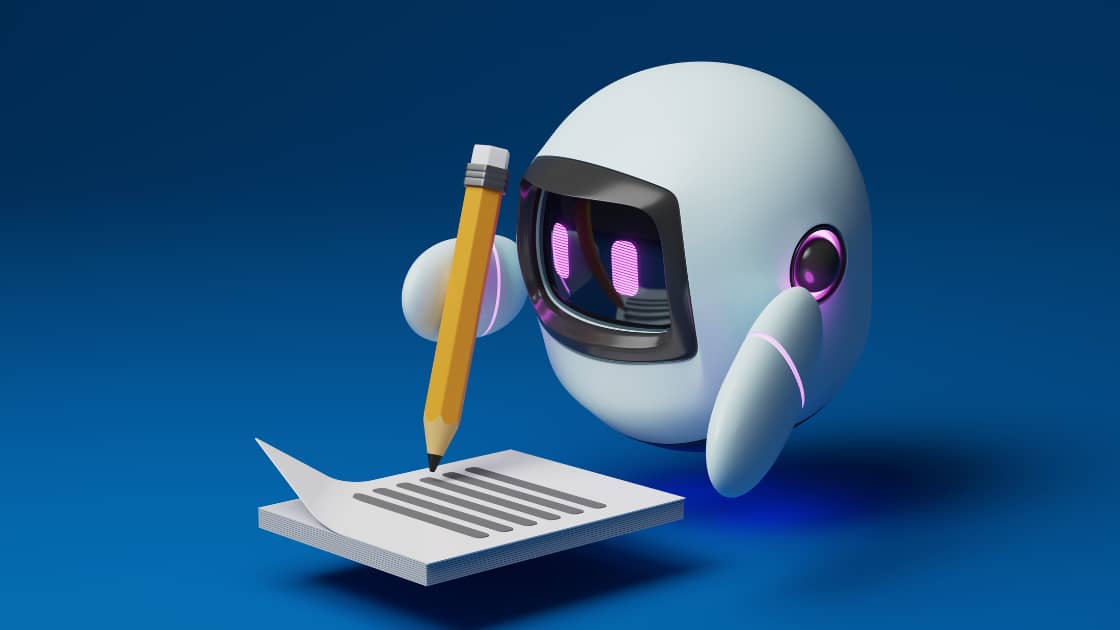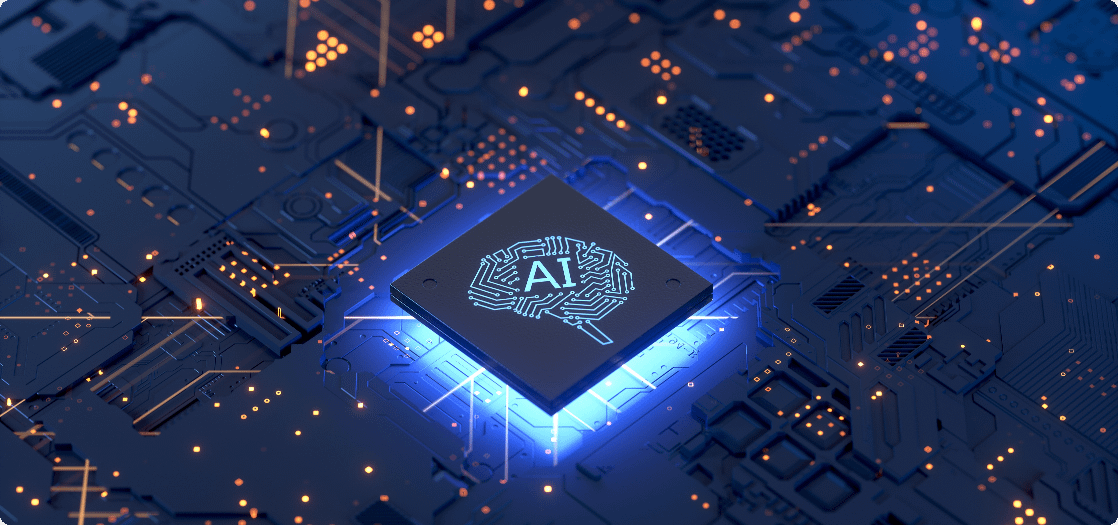



August 22, 2023
In the ever-evolving landscape of technology, the synergy between generative AI and content protection has become a pivotal concern. As content creation and consumption continue to surge, safeguarding originality and ownership is paramount. This blog delves into how generative AI and content protection intersect, examining strategies, examples, and implications on existing content.
The influence of generative AI and content protection is undeniable. With AI systems like GPT-3 capable of producing human-like text, images, and more, concerns about unauthorized replication and misuse of content have escalated. The integration of AI into content creation and manipulation necessitates novel approaches to preserve intellectual property rights.
Generative AI introduces novel complexities to copyright protection. As AI-generated content blurs the lines between human and machine creation, determining ownership becomes intricate. Existing laws are being tested as content originators seek ways to safeguard their creations from unauthorized use.
Industry giants like Google and OpenAI have taken proactive measures to address these challenges. They’ve recognized the necessity of watermarking AI-generated content to assert authorship and originality. Watermarking not only signifies ownership but also acts as a deterrent against misuse.
Artists and photographers often fall victim to unauthorized reproductions of their work. Generative AI can replicate styles, posing a significant threat to copyright protection. Watermarking can be employed to assert authorship and prevent unauthorized usage.
Generative AI’s ability to produce coherent text presents challenges in detecting plagiarism. Authenticating the originality of written content becomes paramount. Watermarked content provides a clear trail of ownership and origin.
Going forward, a multifaceted approach is essential.
Legal frameworks must adapt to the evolving landscape. Legislation that addresses AI-generated content’s ownership and usage rights is imperative.
Collaboration between AI developers, content creators, and platforms is crucial in establishing standardized watermarking practices. This ensures uniformity and easy recognition of copyrighted material.
Generative AI’s transformative potential is undeniable, but it also necessitates vigilant content protection measures. The collaboration between technology leaders, content creators, and legal bodies can pave the way for a secure digital environment. Through watermarking and legal adaptations, the realms of generative AI and content protection can harmoniously coexist, fostering innovation while respecting the rights of creators. In a landscape where the preservation of originality is paramount, the interplay of generative AI and content protection is a defining factor shaping the digital future.
Read more: